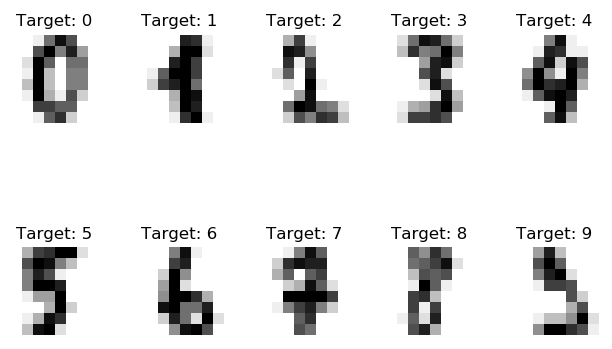Data is the raw ingredient of machine learning. Processing data can produce information; for example, measuring the height of a portion of a school's students (data) and calculating their average (processing) can give us an idea of the whole school's height (information). If we process the data further, for example, by grouping males and females and calculating two averages – one for each group, we will gain more information, as we will have an idea about the average height of the school's males and females. Machine learning strives to produce the most information possible from any given data. In this example, we produced a very basic predictive model. By calculating the two averages, we can predict the average height of any student just by knowing whether the student is male or female.
The set of data that a machine learning algorithm is tasked with processing is called the problem's dataset. In our example, the dataset consists of height measurements (in centimeters) and the child's sex (male/female). In machine learning, input variables are called features and output variables are called targets. In this dataset, the features of our predictive model consist solely of the students' sex, while our target is the students' height in centimeters. The predictive model that is produced and maps features to targets will be referred to as simply the model from now on, unless otherwise specified. Each data point is called an instance. In this problem, each student is an instance of the dataset.
When the target is a continuous variable (a number), it presents a regression problem, as the aim is to regress the target on the features. When the target is a set of categories, it presents a classification problem, as we try to assign each instance to a category or class.
Note that, in classification problems, the target class can be represented by a number; this does not mean that it is a regression problem. The most useful way to determine whether it is a regression problem is to think about whether the instances can be ordered by their targets. In our example, the target is height, so we can order the students from tallest to shortest, as 100 cm is less than 110 cm. As a counter example, if the target was their favorite color, we could represent each color by a number, but we could not order them. Even if we represented red as one and blue as two, we could not say that red is "before" or "less than" blue. Thus, this counter example is a classification problem.




